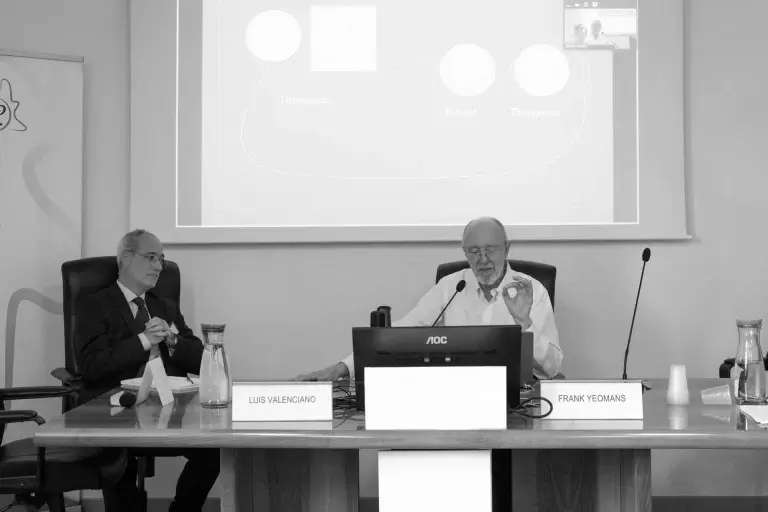Difficulties in the diagnosis of personality disorders.
While in theory all clinicians accept and even applaud the diagnosis of Personality Disorders, in actual practice there is one problem that stands out.
Almost all Personality Disorder diagnoses made by clinicians are BPD (Borderline Personality Disorder).
And this is so because the observable symptoms of BPD are, just that, very observable, they are obvious.
When general clinicians observe the combined presence of self-injury plus suicidal ideation or attempts plus drug use plus eating disorders, they usually have little doubt about this diagnosis.
But not all patients in whom the “big four” symptoms (self-injury, suicide attempts, drug use, BDD) converge are necessarily BPD or even PD.
There is much diagnostic confusion with psychotic organizations or even frank psychoses that, on the surface, show this clinic.
This makes clear the need to incorporate structural diagnoses and teach them to clinicians who are not primarily specialists in Personality Disorders.
On the other hand, in the absence of these four major symptoms, in practice, clinicians are unlikely to diagnose a person with PT, except in one situation: when the patient appears refractory or unresponsive to treatment with several drugs in different pharmacological trials. It is the countertransferential frustration of the pharmacologist that guides the diagnosis.
It is important to train super-specialized clinicians in Personality Disorders to their colleagues who are not primarily specialized in Personality Disorders in order to more accurately diagnose personality disorders that do not show such apparent symptoms and yet would benefit greatly from being diagnosed and treated with specific and empirically validated techniques such as TFP (Transference Focused Psychotherapy) and greatly improve their clinical and life prognosis.








